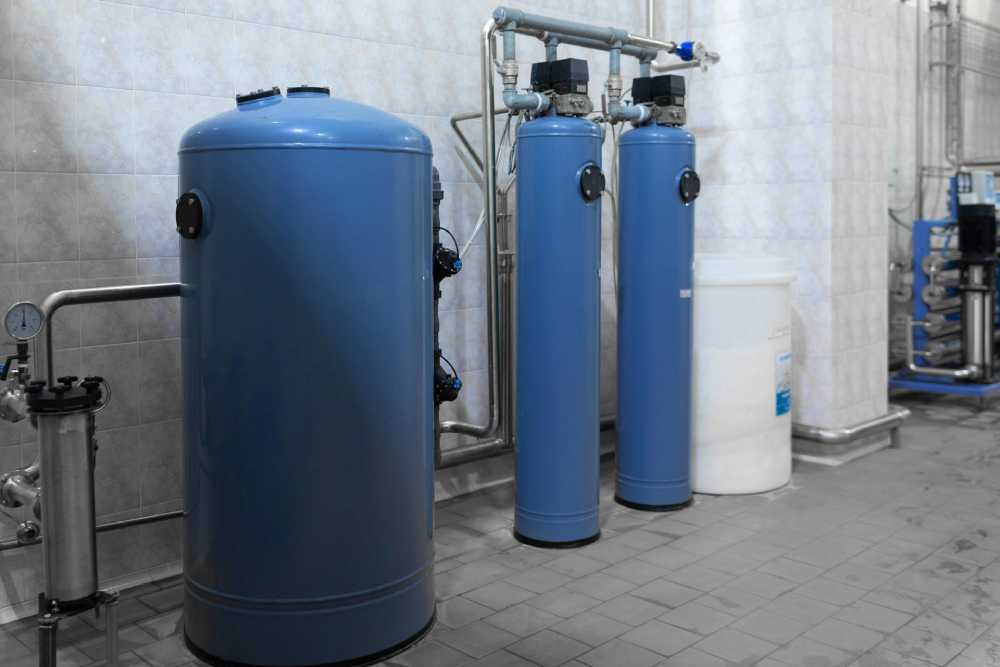Parker Hose & Fittings are essential components in numerous industrial applications, providing the reliability and efficiency needed to ensure smooth operations. These components are indispensable in systems ranging from automotive engines to complex aerospace machinery. For industries located in Charlotte, having ready access to a comprehensive parker hose & fitting inventory Charlotte NC is crucial.
This access ensures that operations continue without unnecessary delays or interruptions, enhancing overall productivity. The design of hoses and fittings withstands the pressures and environmental challenges typical in heavy industries, maintaining robustness and longevity.
Contents
The Basics: What Are Hose & Fittings?
At their core, hoses and fittings function as the vital arteries in hydraulic and pneumatic systems. Hoses are flexible tubes engineered to efficiently convey pressure and fluid force, while fittings provide secure joints that prevent leaks and enhance system reliability.
These components bridge the gap between static and dynamic machinery parts, supporting seamless mechanical interactions. The overall functionality of hydraulic systems significantly hinges on the quality and appropriateness of these components, as even the smallest mismatch can lead to operational failures.
Types of Hose & Fittings
- Hydraulic Hose: Characterized by its ability to withstand high-pressure environments, the hydraulic hose plays a pivotal role in hydraulic systems. They are typically reinforced with steel or high-strength fibers, making them sturdy enough to withstand the intense pressures found in industrial machinery.
- Industrial Hose: Designed for durability, industrial hoses are used in environments like mining and construction. These hoses are crafted from high-quality, robust materials that resist abrasions and harsh chemicals, ensuring longevity even in the most demanding conditions.
- Fittings: Fittings serve as the connectors between hoses and machinery parts, ensuring no leaks occur during operation. They come in various types, such as quick-connect and threaded fittings, to cater to different industrial needs, ultimately securing system integrity through tight connections.
Applications Across Industries
Parker Hose & Fittings are critical across various sectors, highlighting their versatility and indispensability. Whether in agriculture, where equipment operates under clear-cut time constraints, or in chemical processing plants, where precision and resistance to corrosive substances are paramount, these components deliver consistently.
Their adaptability allows them to meet the bespoke requirements of specialized systems worldwide. For instance, in an agricultural setting, the hoses need to be both flexible for ease of movement and durable enough to withstand exposure to fertilizers and weather conditions.
Choosing the Right Hose & Fitting
Choosing the correct hose and fitting is vital to ensure optimal performance and safety. It requires a thorough understanding of system needs and the characteristics of different hoses and fittings. Factors such as pressure rating, temperature tolerance, media compatibility, and the specific environmental conditions in which they will operate must all be considered.
Incorrect component choice can lead to equipment failure and pose significant safety risks. Gaining insights into the fundamentals of hydraulics can aid in making well-informed choices that align with your system’s needs, thus optimizing its performance and longevity.
Installation and Maintenance Tips
- Regular Inspection: Conducting routine inspections identifies any early signs of wear, such as cracks or frays, which could compromise the system’s efficiency and safety. Early detection can prevent costly repairs and system downtimes.
- Ensure Proper Installation: It’s crucial to securely tighten fittings and ensure correct alignment to prevent leaks. Leaks not only decrease efficiency but can also pose significant safety hazards if operating with hazardous materials.
- Optimized Storage Conditions: Proper storage in a controlled environment can prevent material degradation from factors such as extreme temperatures, UV exposure, or inappropriate stacking, thereby extending the lifespan of these components.
Maintaining these components is not just about extending their operational life but also about ensuring your systems’ safety and seamless functionality, thus avoiding unanticipated breakdowns and costly repairs.
Common Challenges and Solutions
Operators often face challenges such as leaks and burst hoses, which generally result from incorrect fitting or inappropriate hose choice. Using specifically designed components that are tested for certain conditions can mitigate these risks.
Following manufacturer guidelines and consulting industry experts can help address persistent issues, minimizing downtime and ensuring a safer, more efficient operation. Additionally, technological advances have led to the development of diagnostic tools that can predict potential failures, allowing for preemptive maintenance actions to be undertaken.





